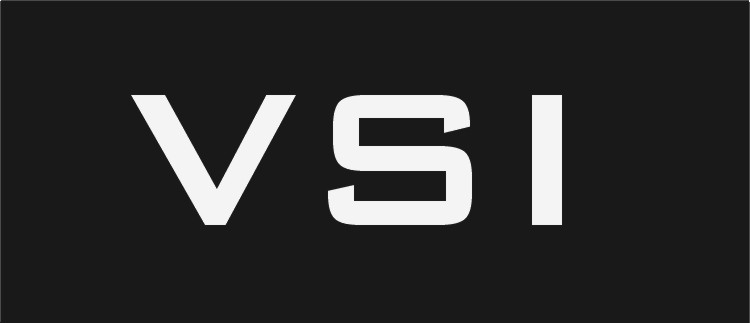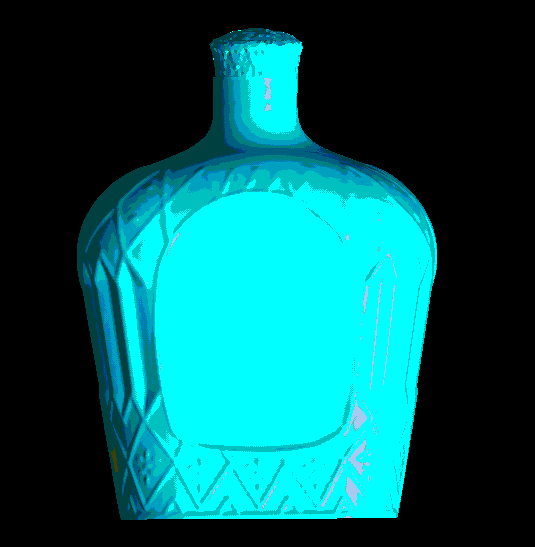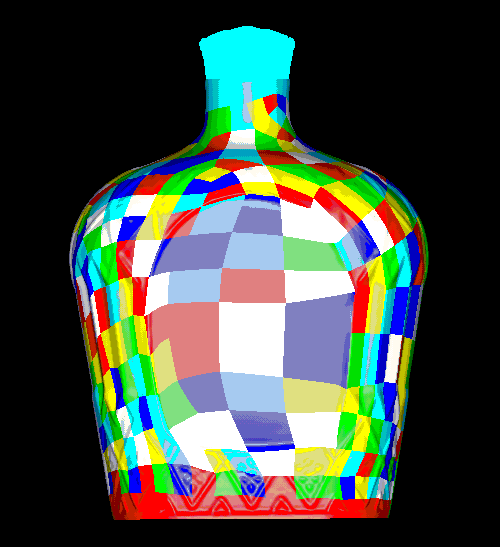
 office
(847) 797-5067
office
(847) 797-5067
fax (847) 729-2475
cell (847) 797-5067
virtsurf@aol.com
Reverse Engineering
The purpose of reverse engineering is to create a
virtual part from an existing one. In many cases legacy parts
manufactured years ago and no drawings or tooling exist. The client
has since moved on 3-D CAD and wishes create a CAD file for the
older part. We have several was of producing a new file.
Traditional Surfacing
Best for re-creating design intent. There are always problems with
existing parts. They can be slightly deformed, scaled, or with
plastic molded parts, heat sinks that need to be removed. All which
may need to be fixed before sending final file to the client. It is
important to note that using traditional surfacing require close
contact with the client to insure proper changes are made. The
process can be done in two ways:
Surface file and export it as “dumb” surfaces, usually as an IGES file. There is no history tree or dimensional associativity. Surfaces are generally prismatic but many may be freeform
Parametric Modeling
We
work with several independent CAD specialists who work with Pro-E,
SolidWorks, Solid Edge and CATIA. They try to make the file as fully
parametric as possible from our scan data. Although some surfaces
are too freeform and they are usually left in the CAD file as
freeform
surfaces.
Surface Mapping
The software maps hundreds of small surfaces onto the polygonized point
cloud. But before the cloud is mapped, editing to fill holes, smooth
out surfaces, and correct for sharp edges are performed. Surface
mapping not only works well with amorphic objects but manufactured
parts that require precise, unaltered surfaces exactly as scanned.
The created surfaces are all gap free and tangent.



Engine head showing surfaces from scanned point cloud.